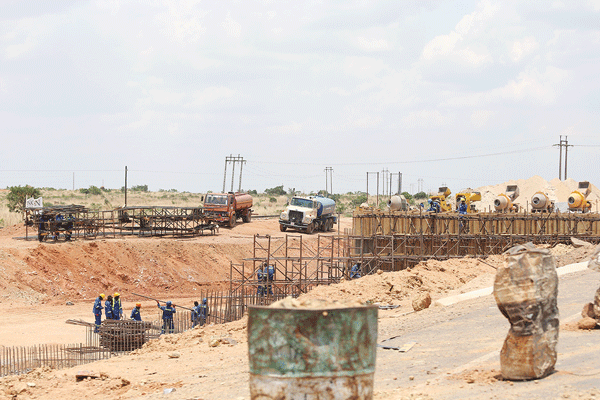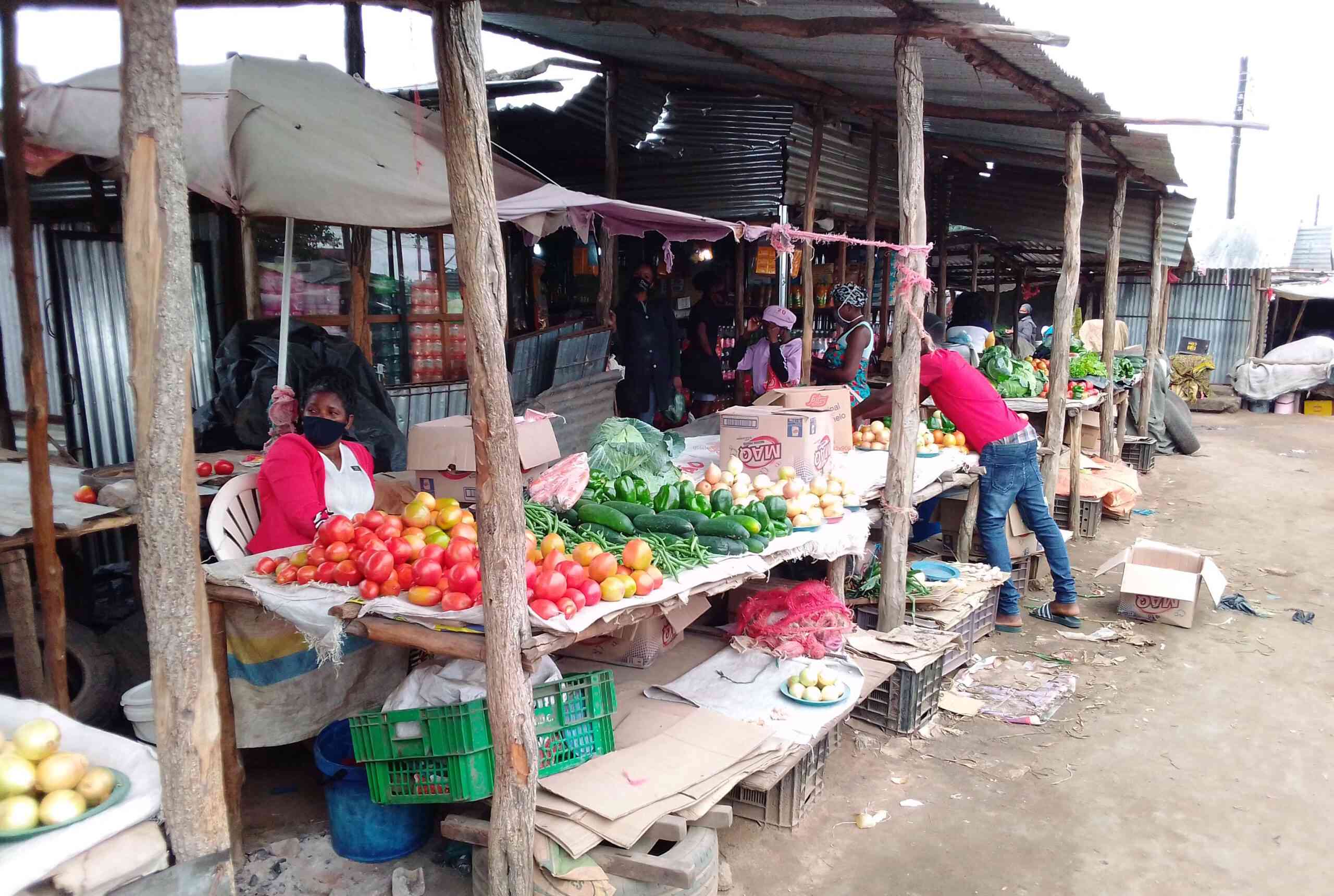
DEVELOPMENT of road infrastructure alone is not effective in the absence of an appropriate road maintenance schedule. Maintenance is paramount to the sustenance of highway infrastructure and the public sector generally neglects this elements when it comes to the allocation of resources. Lack of maintenance leads to roads deteriorating very fast. The use of public-private partnerships (PPPs) then attracts the engagement of the private sector to update such critical infrastructure for any economy. This has been the practice in developed economies such as Europe and the United States of America.
PURCHASING & SUPPLY NYASHA CHIZU

The traditional means of providing road infrastructure or the privatisation of such infrastructure are the alternatives to PPPs. The physical and economic characteristics determine whether to use traditional, PPPs or privatisation of road infrastructure.
Highway investments are considerable and involve upfront financing for projects that take time to complete. There is a high stakeholder interest in such projects given that the public finance them through user or toll fees.
By nature, road infrastructure is also monopolistic, where alternatives are very limited, thereby, ruling out privatisation as an option for providing such infrastructure. The traditional option to provide roads infrastructure is not attractive given the competing demands on the national budget living PPPs as the credible solution to the challenges.
The other critical factor in support of an effective solution to road maintenance is that highway deterioration depends on the usage. Such programmes should be designed from the time the highway has been completed since it has been proven that if a new road is not adequately maintained, it deteriorates slowly until the quality falls drastically. Routine road maintenance is generally cheaper than repairing road infrastructure when the quality has deteriorated drastically.
Road infrastructure cannot be ignored in any economy. As the economy develops, society generally acquires more vehicles leading to congestion. In such cases, tolls become the best means of financing road infrastructure through PPPs. This automatically manages the congestion to the benefit of the ordinary citizen.
Another characteristic of road projects that make them attractive to PPP projects is that they can be specified and quantified.
- Chamisa under fire over US$120K donation
- Mavhunga puts DeMbare into Chibuku quarterfinals
- Pension funds bet on Cabora Bassa oilfields
- Councils defy govt fire tender directive
Keep Reading
Independent third parties can specify and verify the quality standards of a road. The life of the project can be specified in terms of the number of years for the concession or the volume of traffic on that project.
The toll charges could be fixed or they may depend on the distance travelled on that road providing a means of determining project revenues.
Construction standards such as the width and thickness of asphalt can be determined. Where the project involves road rehabilitation, it is also easy to classify every kilometre as ether damaged, collapsed or optimal.
The standard definition of damaged would be areas where the damage on asphalt is less than 30 square metres per every kilometre.
Collapsed section is where the damage is greater than the parameters of the damaged classification. Optimal is when the section is neither damaged nor collapsed. This information is then used to determine the works required and to calculate the cost of the project.
Such details assist in calculating the tenure of the project and toll fee rates that are important to make the project attractive to the private sector. The fee rate and the project tenure must facilitate recovery of investment as well as realisation of profits by the private sector. The projects of such a nature do not require the government to guarantee revenues since they are generally structured to be self-financing. Feasibility studies are paramount to the effectiveness of PPP projects.
Nyasha Chizu is a fellow of the Chartered Institute of Procurement and Supply writing in his personal capacity. Feedback: [email protected] Skype: nyasha.chizu











